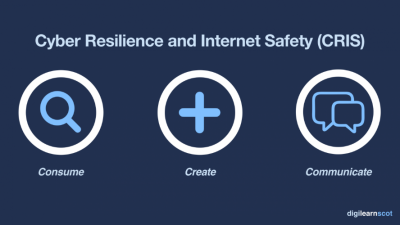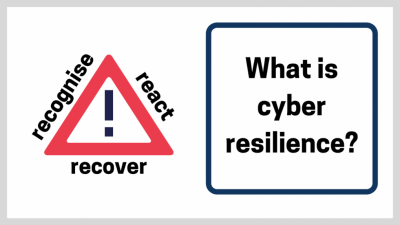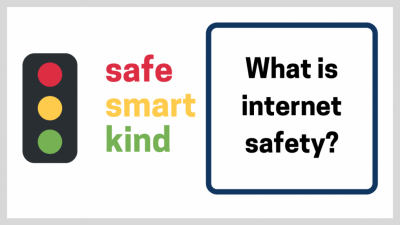About Digital Wellbeing Framework
Digital Wellbeing a Cyber Resilience and Internet Safety framework for Scotland
Digital wellbeing is the impact of using digital technology on children and young people’s social, emotional wellbeing.
This framework has drawn together national and European perspectives and distilled them into a whole-school road map for promoting students’ digital wellbeing through strong Cyber Resilience and Internet Safety practices. In the immediate and long-term future, schools, face increasing demands to include digital wellbeing as part of the way they use digital technologies for learning and teaching. The challenge is not only to ensure children’s digital wellbeing but to establish processes and strategies that will allow students to develop the skills, knowledge and attributes to secure, manage and protect their own wellbeing. This important challenge underpins the Digital Schools Award’s ethos, which is to assist schools to develop, nurture and sustain resilient and positive digital practices in learning and teaching as well as alleviate its risks and threats.
How to apply for the Digital Wellbeing Award
Why is cyber resilience and internet safety so important?
 We are spending an increasing amount of time learning, playing and socialising in online environments. In fact, 87% of people aged 16+ in the UK used the internet in 2019 (Ofcom). Our online behaviours fall into three categories, we:
We are spending an increasing amount of time learning, playing and socialising in online environments. In fact, 87% of people aged 16+ in the UK used the internet in 2019 (Ofcom). Our online behaviours fall into three categories, we:
- consume
- create
- communicate
To support our children and young people navigate this part of their lives, we need to be able to support them to recognise, react to, and recover from online harms. At the same time, we need to promote safer, smarted and kinder ways of playing, learning and socialising online.
Defining Cyber Resilience and Internet Safety
 The Scottish Government (2015) states that: “Cyber resilience is more than making technologies and systems secure. It is about our preparedness to meet cyber risk, and how well equipped we are to withstand, and defend against, manage, recover quickly and learn from cyber incidents.” Features of cyber resilience include:
The Scottish Government (2015) states that: “Cyber resilience is more than making technologies and systems secure. It is about our preparedness to meet cyber risk, and how well equipped we are to withstand, and defend against, manage, recover quickly and learn from cyber incidents.” Features of cyber resilience include:
- Knowledge and awareness of risk and threat
- Access to guidance, tools and resources
- Understanding policy and processes
- Learning and skills
- Effective incident management, response and recovery processes
(From A Strategic Framework for a Cyber Resilient Scotland, February 2021, Scottish Government)
 The Scottish Government (2017) states that: “Every child and young person has an age appropriate and evolving understanding of the opportunities and risks which exist in the online world.” This is defined within these outcomes:
The Scottish Government (2017) states that: “Every child and young person has an age appropriate and evolving understanding of the opportunities and risks which exist in the online world.” This is defined within these outcomes:
- Children and young people are aware of their rights and responsibilities in the online world
- Children and young people are resilient and are equipped to help themselves and their peers
- Children and young people are able to identify when they, or their peers, are at risk, and know what to do if they spot something
Being positive, constructive and resilient in the knowledge, skills and attitudes needed to maximise the benefits of digital
“Tools and rules are no replacement for open dialogue. They can only ever be part of the solution” (Phippen, 2019)
Phippen, A., (2019), Young People, Internet use and wellbeing technology in the home, Southwest Grid for Learning, https://swgfl.org.uk/assets/documents/technology-in-the-home-1.pdf



